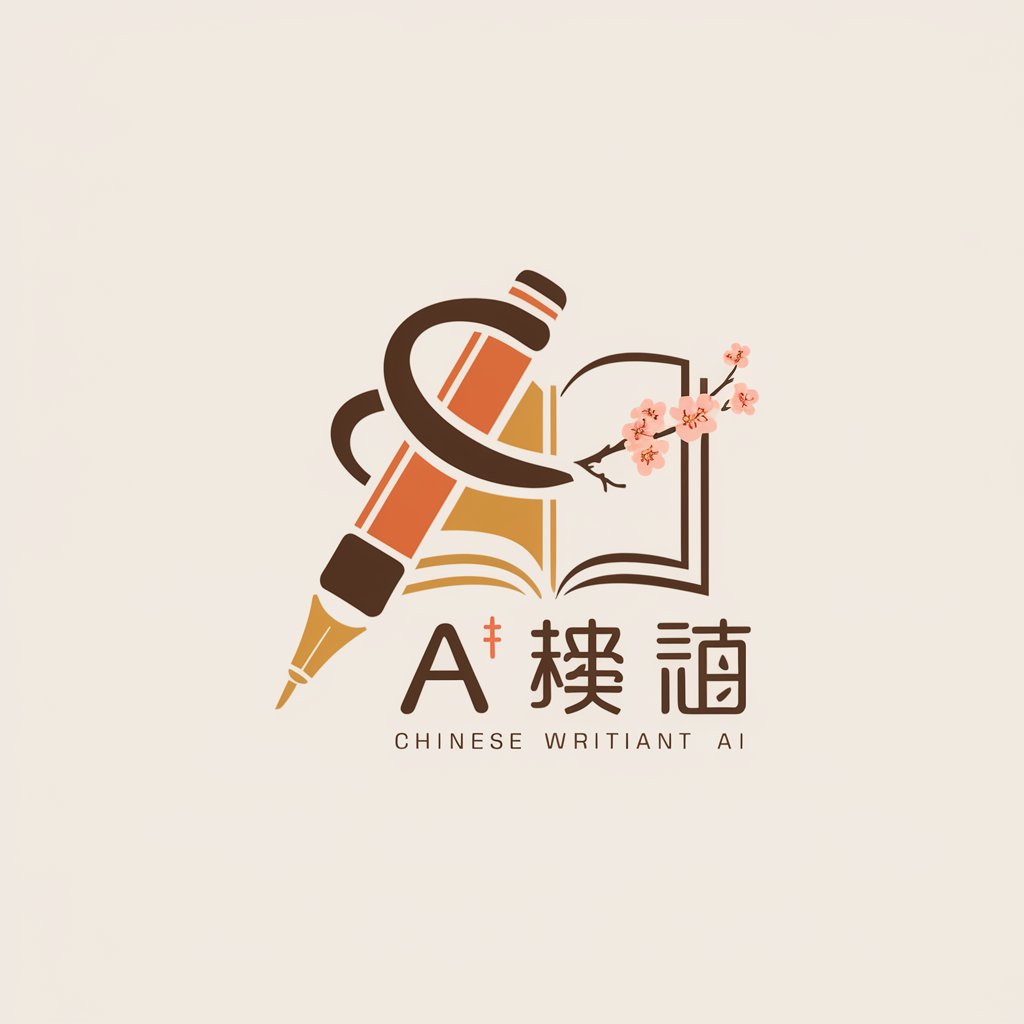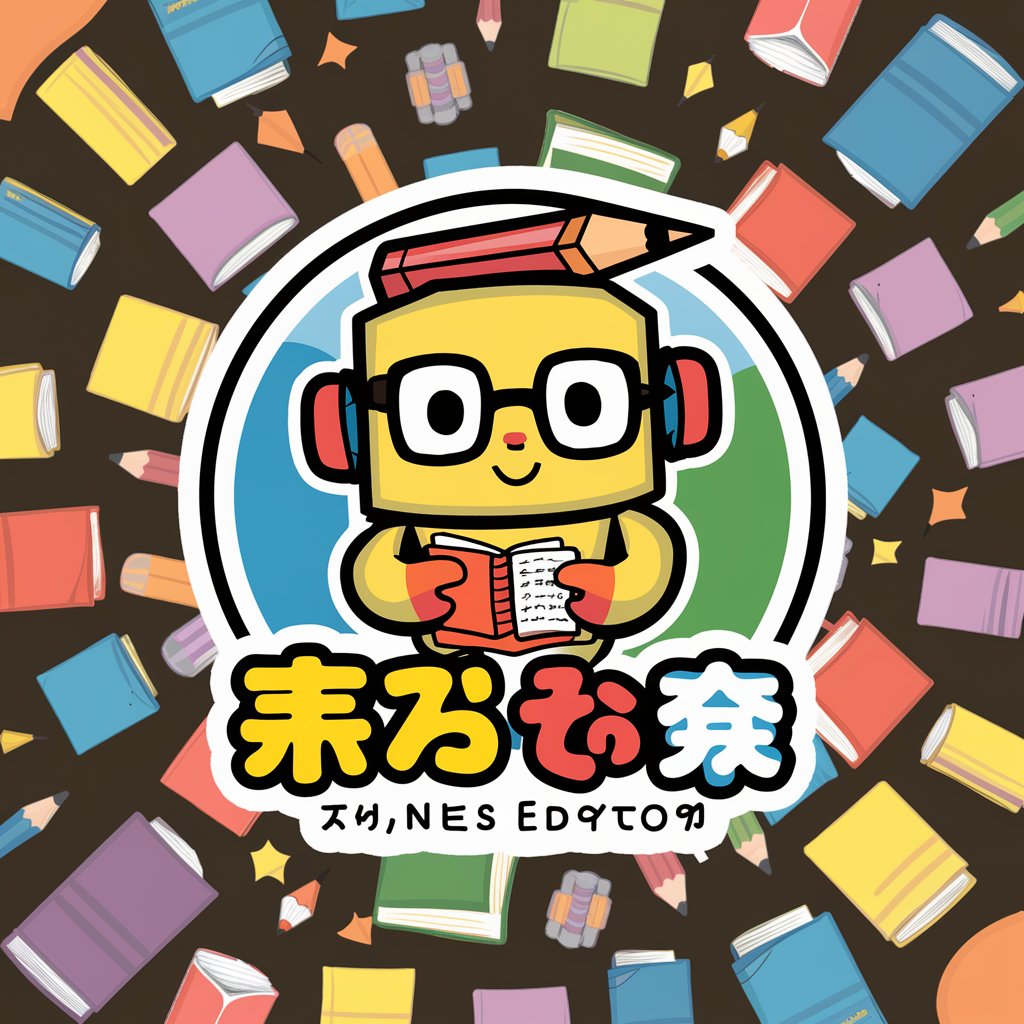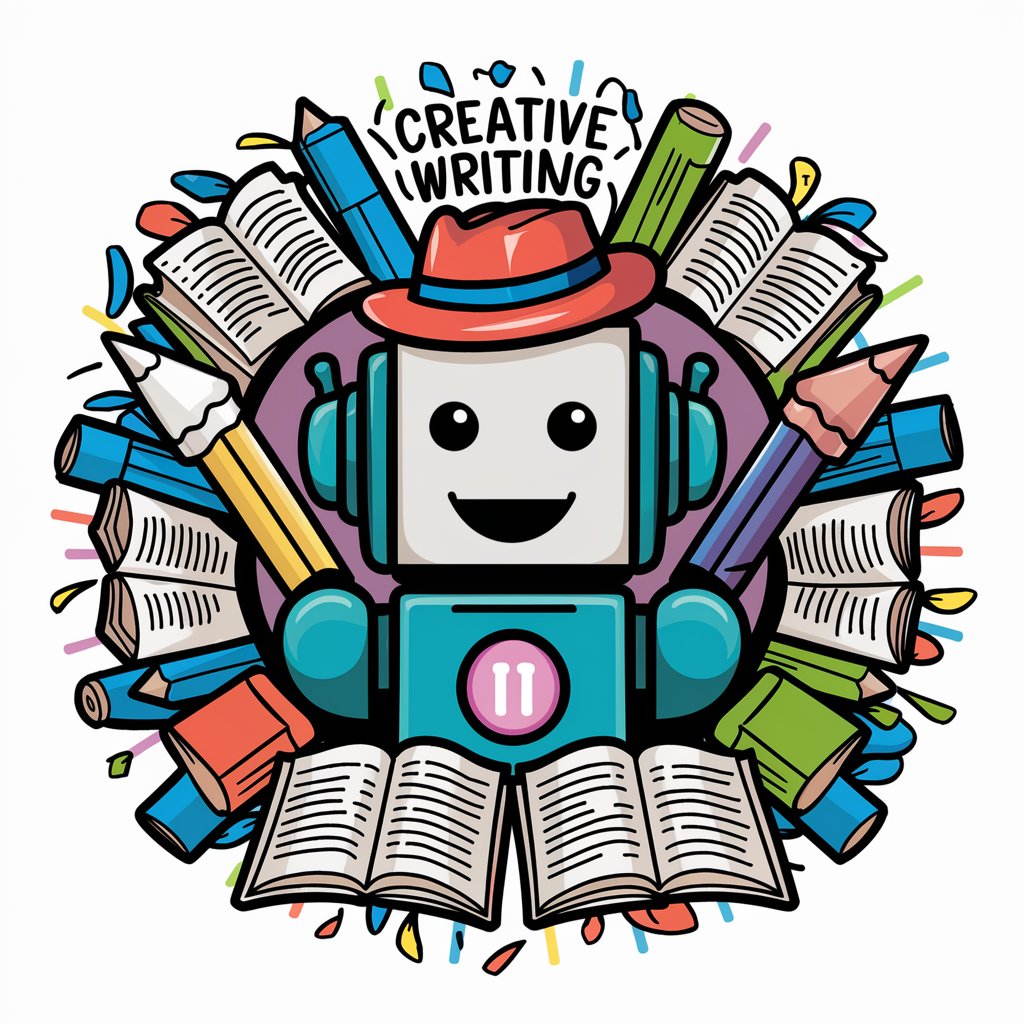
小作文分析 - Text Analysis for Various Scenarios

欢迎使用小作文分析,让我们一起探索文字背后的情感与意义。
Empower Your Writing with AI Analysis
分析这篇名人的公开声明:
解析这段情侣间的对话:
概述这篇企业的官方公告:
解读这封亲密朋友的信件:
Get Embed Code
Introduction to 小作文分析
小作文分析, which translates to 'Small Composition Analysis', is a specialized tool designed for analyzing various types of short written compositions in Chinese. Its primary purpose is to offer insights into the content, emotional tone, and linguistic style of these compositions. This tool is particularly adept at examining statements from public figures and businesses, as well as personal communications in intimate relationships. It utilizes an informal yet moderately detailed tone to facilitate easy and clear communication. By focusing on the nuances of language and sentiment in short compositions, 小作文分析 aids users in gaining a deeper understanding of the underlying messages and emotions conveyed in these writings. Powered by ChatGPT-4o。

Main Functions of 小作文分析
Content Summary
Example
Analyzing a celebrity's public apology letter to provide a concise summary of the main points and issues addressed.
Scenario
Useful in public relations management, where understanding the crux of a public statement quickly is crucial.
Emotional Tone Analysis
Example
Examining an email exchange between friends to identify underlying sentiments, such as joy, concern, or frustration.
Scenario
Beneficial in personal communications where recognizing emotional undertones can enhance understanding and empathy.
Language Style Assessment
Example
Evaluating the formality and stylistic choices in a company’s press release to gauge its professionalism and target audience.
Scenario
Important for businesses to ensure their communications align with their brand image and appeal to their intended audience.
Ideal Users of 小作文分析 Services
Public Relations Professionals
These users can leverage 小作文分析 to quickly understand and respond to public statements, ensuring effective communication management.
Individuals in Personal Relationships
They can use this tool to gain insights into personal communications, helping to clarify misunderstandings and deepen connections.
Corporate Communication Teams
These professionals can use the tool to refine their messaging, ensuring it aligns with the desired tone and style for their target audience.

How to Use 小作文分析
Start Your Free Trial
Visit yeschat.ai for a free trial without login, also no need for ChatGPT Plus.
Choose Your Use Case
Select a specific scenario for 小作文分析, such as academic writing or personal communication, to ensure tailored assistance.
Input Your Text
Copy and paste the text of your short essay or message into the tool's input field.
Receive Analysis
Click 'Analyze' to get an in-depth breakdown of your text, including its emotional tone, style, and content summary.
Apply Insights
Use the feedback to refine your writing or to gain a deeper understanding of the text's implications and how it may be perceived by others.
Try other advanced and practical GPTs
DSA Mentor
Master DSA with AI Insights

User Interviewer
Craft precise user research questions with AI.

Case Study Summarizer
Distilling Complexity into Clarity

Essay Shortener
Streamlining Essays with AI Precision
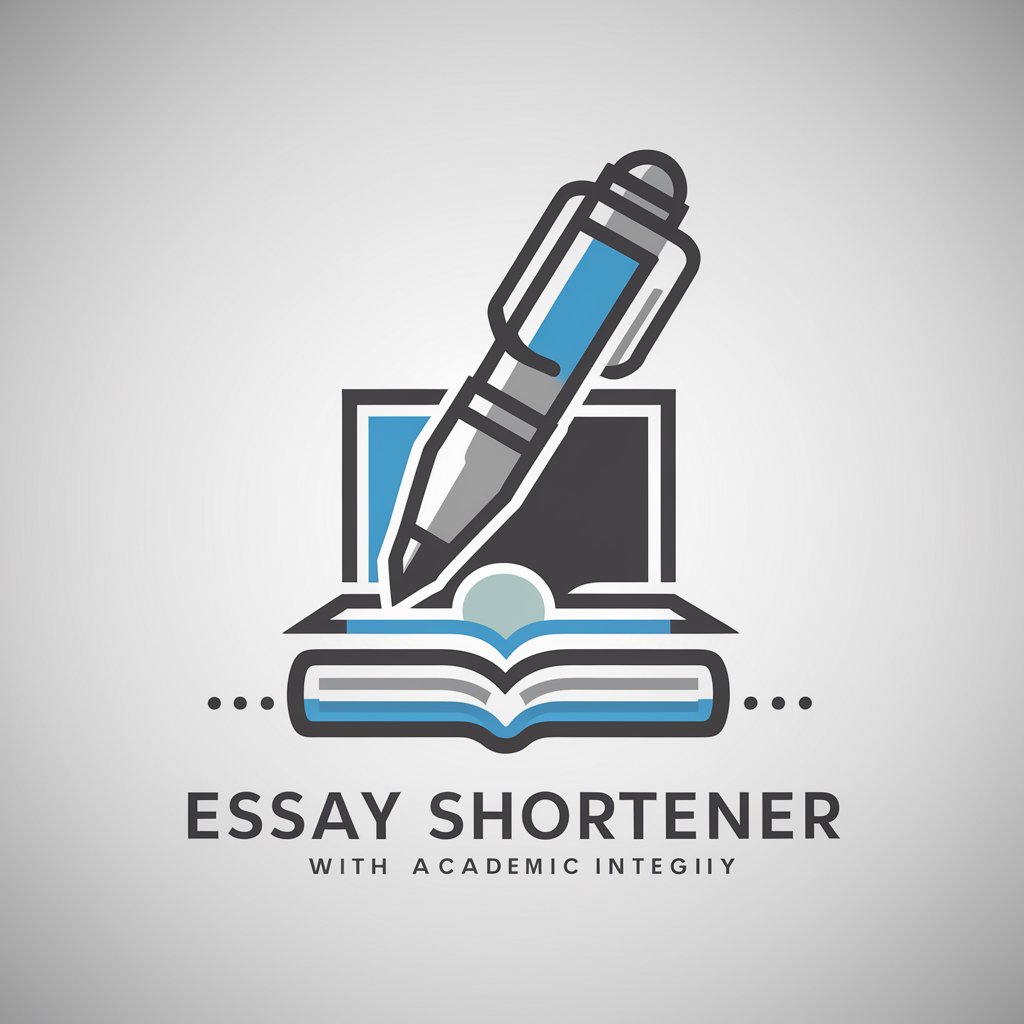
Essay Extender
Empower Your Essays with AI Insight
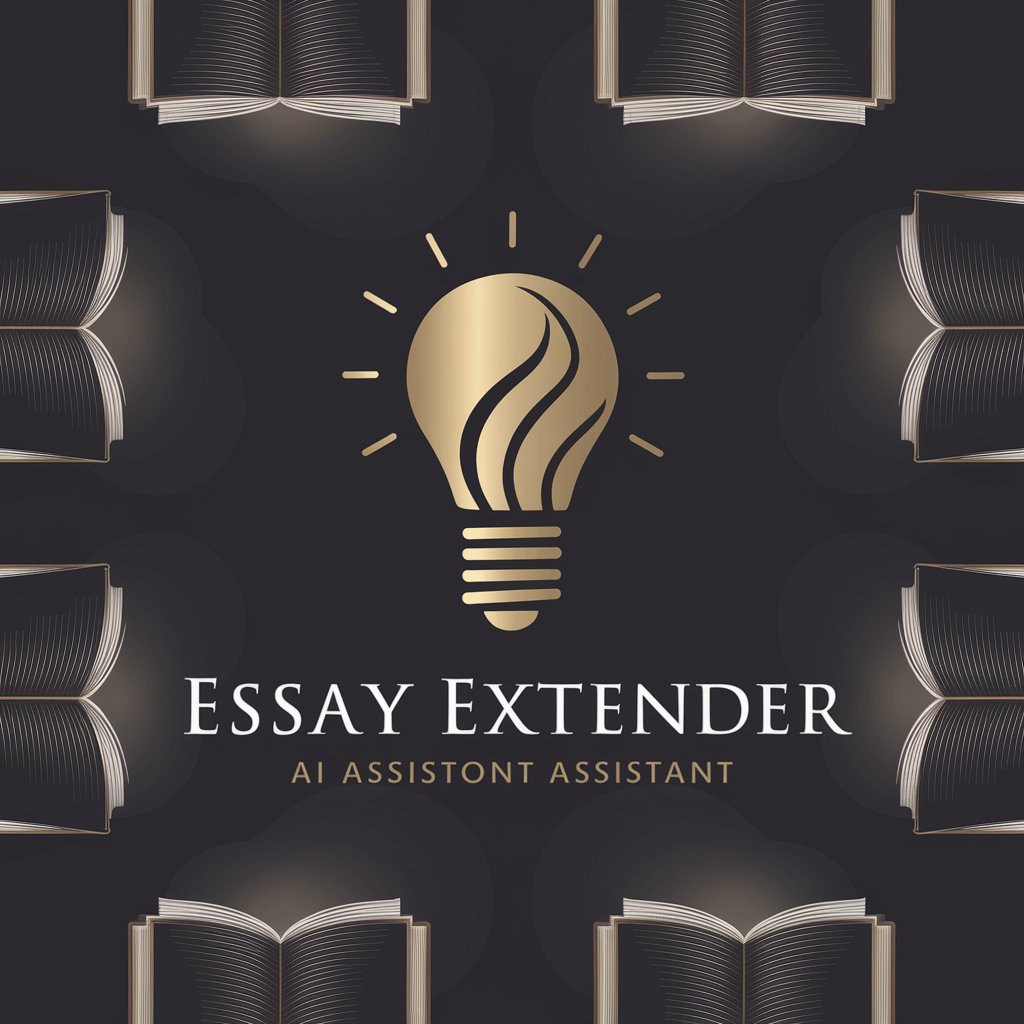
Book Club Cheat-Sheet
Effortless book club preparation, powered by AI.

穿云解梦 | Dream Weaver | 夢の綺紡師 | ประเทศมอง |
Unlock the secrets of your dreams with AI

八字命盘
Unlock Your Destiny with AI-Powered BaZi Analysis
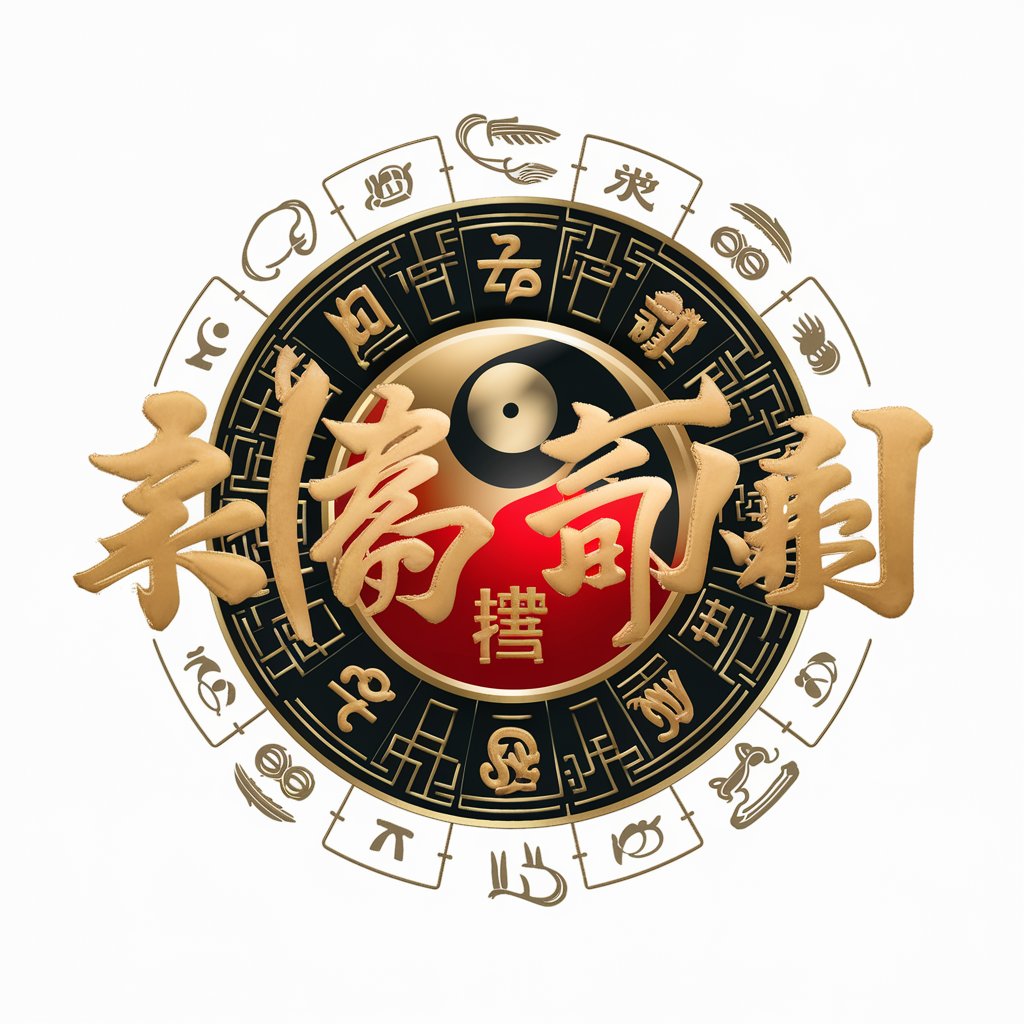
のYoutube summarizer
Summarize videos, generate insights with AI.

Customer Insight Companion
Empowering Startup Success with AI Insights

架空のこち亀プロットジェネレータ(仮)
Revolutionizing Storytelling with AI

ASO GPT
Elevate Your App's Potential with AI

Frequently Asked Questions about 小作文分析
What types of writing can 小作文分析 evaluate?
It can evaluate a wide range of short compositions, from personal letters and corporate statements to social media posts and academic essays.
How does the emotional tone analysis work?
Using AI, it examines the language and phrasing of your text to identify underlying emotions, such as happiness, sadness, anger, or neutrality.
Can I use 小作文分析 for non-Chinese texts?
Currently, 小作文分析 is optimized for Chinese language texts, focusing on providing the most accurate analysis for Mandarin Chinese writings.
Is there a limit to the length of text I can analyze?
Yes, the tool is designed for short compositions or essays. It's best suited for texts not exceeding 1,000 words to ensure precise analysis.
How can 小作文分析 help improve my writing?
By providing insights into the emotional tone, style, and content of your writing, it can help you better understand how your text may be perceived and guide you to make adjustments for clarity, impact, and engagement.

